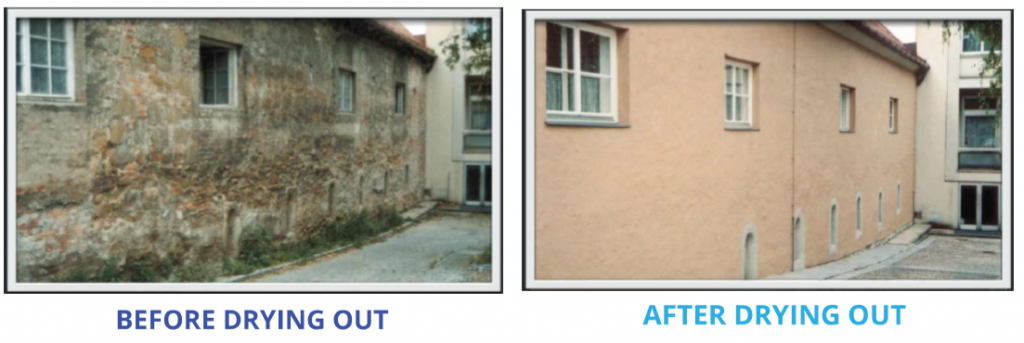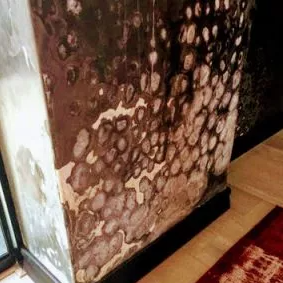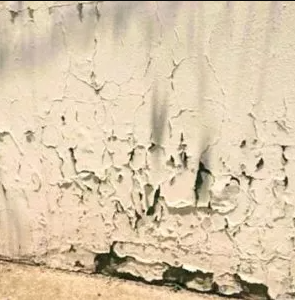Can a building with rising damp affect your health
Doctors and medical practitioners have for many years noticed a higher incidence of human sickness in some buildings relative to others.
This begged the question: is there such a thing as a sick building?
How is it that the occupants of some buildings experience a higher incidence of maladies such as bronchitis, influenza, allergies, sleeping disorders and tonsillitis?
Sick building syndrome (SBS) is a well-known medical condition, yet its cause is still poorly understood. SBS is used to describe situations where building occupants experience acute health and comfort effects that appear to be linked to time spent in a building, but no specific illness or cause can be identified. A 1984 World Health Organisation report suggested up to 30% of new and remodelled buildings worldwide may be subject of complaints related to poor indoor air quality.
Sick building causes are frequently pinned down to flaws in the heating, ventilation, and air conditioning (HVAC) systems. Other causes have been attributed to contaminants produced by gases emitted by some types of building materials, volatile organic compounds, moulds and industrial chemicals. Lack of adequate fresh-air intake and air filtration are also blamed.
But another, major cause of building sickness has recently been discovered. Wilhelm Mohorn, inventor of the Aquapol technology for reversing rising damp in buildings, noticed that once rising damp had been eliminated – using a space-age “free energy” device that reverses the electrical polarity of water molecules in the walls – the occupants frequently reported improved health and general well-being.
“Improved health and well-being was not something we were expecting particularly, but given the number of positive reports we were receiving, we realised that building sickness is a real condition, and we realised we needed to do proper scientific analysis to understand what was going on,” says Warren Bruckmann, marketing executive for Aquapol South Africa.
Aquapol called in one of the world’s leading building ecologists, Professor K.E. Lotz of Germany, to conduct further research on the subject.
The results were astonishing. Professor Lotz and his team measured the geological disturbances caused by underground water courses and found that underground water acted as a kind of amplifier for positive electrical ions in the surface air, which is well known to be damaging to health. When the Aquapol device was placed in the building, not only did the building dry up, it increased the presence of negative ions in the air, which is health-promoting.
“It is a well-known fact that people who go to the mountains or to the sea, or near waterfalls, experience a resurgence in health and well-being, due to the higher concentrations of negative ions in the air,” says Bruckmann. “The research found that Aquapol generated the same effects in buildings.”
Negative ions are also known to improve physical and mental performance, increase oxygen flow through the body and reduce carbon dioxide flow, thereby improving respiratory and metabolic performance. They are also known to aid general wellbeing, while increasing blood pH levels, which in turn augments the secretion of the mucous membranes. This causes better binding of oxygen to the blood pigment, thereby increasing the performance of athletes and students.



